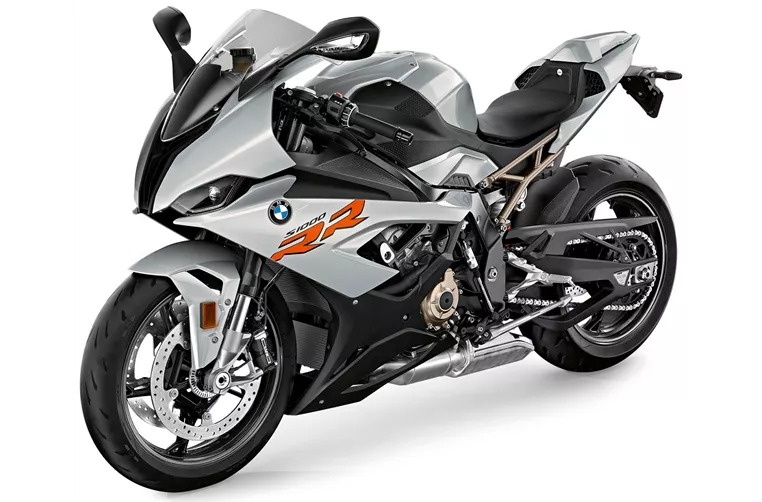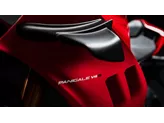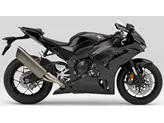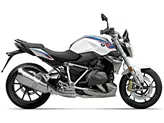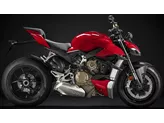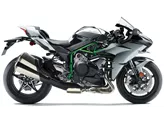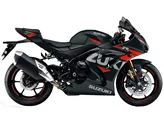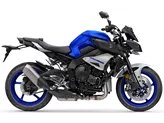BMW S 1000 R 2014 vs. BMW S 1000 RR 2020

BMW S 1000 R 2014
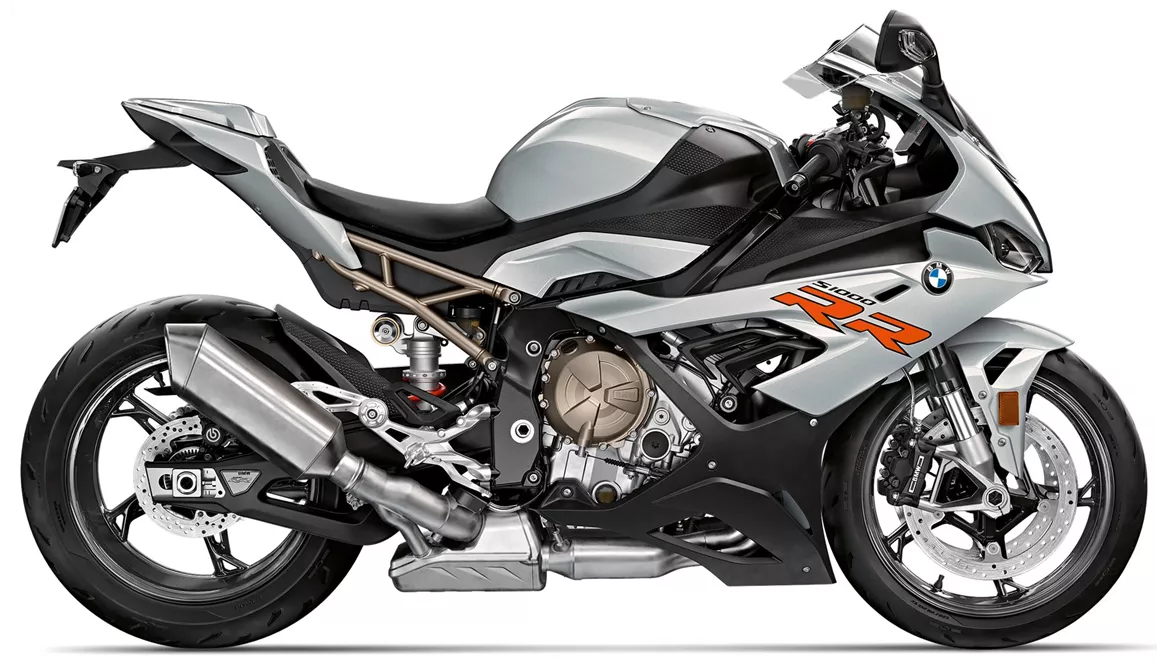
BMW S 1000 RR 2020
Vue d’ensemble - BMW S 1000 R 2014 vs BMW S 1000 RR 2020
In terms of technical specifications, both the BMW S 1000 R 2014 and the BMW S 1000 RR 2020 have similar engine types, bore, stroke, displacement, and cylinders. However, there are notable differences in their power and torque. The S 1000 R 2014 has an engine power of 160 HP and torque of 112 Nm, while the S 1000 RR 2020 boasts a higher engine power of 207 HP and torque of 113 Nm. This indicates that the S 1000 RR 2020 has a more powerful and performance-oriented engine compared to its predecessor.
Both models feature upside-down telescopic fork front suspension and swing arm rear suspension with a monoshock absorber. The S 1000 RR 2020 has a slightly smaller front suspension diameter of 45 mm compared to the 46 mm diameter of the S 1000 R 2014. This suggests that the S 1000 RR 2020 may offer a slightly different riding experience in terms of handling and comfort.
In terms of chassis, both models have an aluminum frame with a twin tube design. However, the S 1000 RR 2020 also has a load-bearing engine, which may contribute to its overall stability and handling.

BMW S 1000 R 2014
Both models feature double disk front brakes with four pistons and radial technology, ensuring excellent braking performance. Additionally, the S 1000 RR 2020 comes equipped with advanced rider assistance systems such as ABS, riding modes, launch control, ride by wire, quickshifter, and traction control. These additional features enhance the safety and performance of the S 1000 RR 2020 compared to the S 1000 R 2014.
In terms of dimensions and weights, there are slight differences between the two models. The S 1000 RR 2020 has a slightly longer wheelbase of 1441 mm compared to the 1439 mm wheelbase of the S 1000 R 2014. The seat height of the S 1000 RR 2020 is also slightly higher at 824 mm compared to the 814 mm seat height of the S 1000 R 2014. Additionally, the S 1000 RR 2020 has a slightly lower kerb weight of 197 kg compared to the 207 kg kerb weight of the S 1000 R 2014. Both models have a similar fuel tank capacity, with the S 1000 R 2014 having a capacity of 17.5 liters and the S 1000 RR 2020 having a capacity of 16.5 liters.

BMW S 1000 RR 2020
In terms of strengths, the S 1000 R 2014 is praised for its sporty chassis, extreme power and performance, electronic helpers, price/performance ratio, and its ability to perform well on both racetracks and country roads. On the other hand, the S 1000 RR 2020 is commended for its linear power delivery, wide rev range, excellent DDC (Dynamic Damping Control), top performance, and a comprehensive electronics package. It is also considered a harmonious overall package for both road and racetrack use.
In terms of weaknesses, the S 1000 R 2014 is criticized for its slightly rough engine running, relatively high seat height, temptation to overdrive, and subjective design preferences. The S 1000 RR 2020, on the other hand, is described as potentially lacking character compared to other competitors and falling slightly behind on the spec sheet in direct comparison.
Overall, the BMW S 1000 RR 2020 offers significant improvements in terms of power, performance, and advanced rider assistance systems compared to the S 1000 R 2014. However, individual preferences and priorities may vary, and it is important to consider these factors when choosing between the two models.
Caractéristiques techniques BMW S 1000 R 2014 par rapport à BMW S 1000 RR 2020
Avantages et inconvénients en comparaison
Avantages et inconvénients en comparaison
BMW S 1000 R 2014
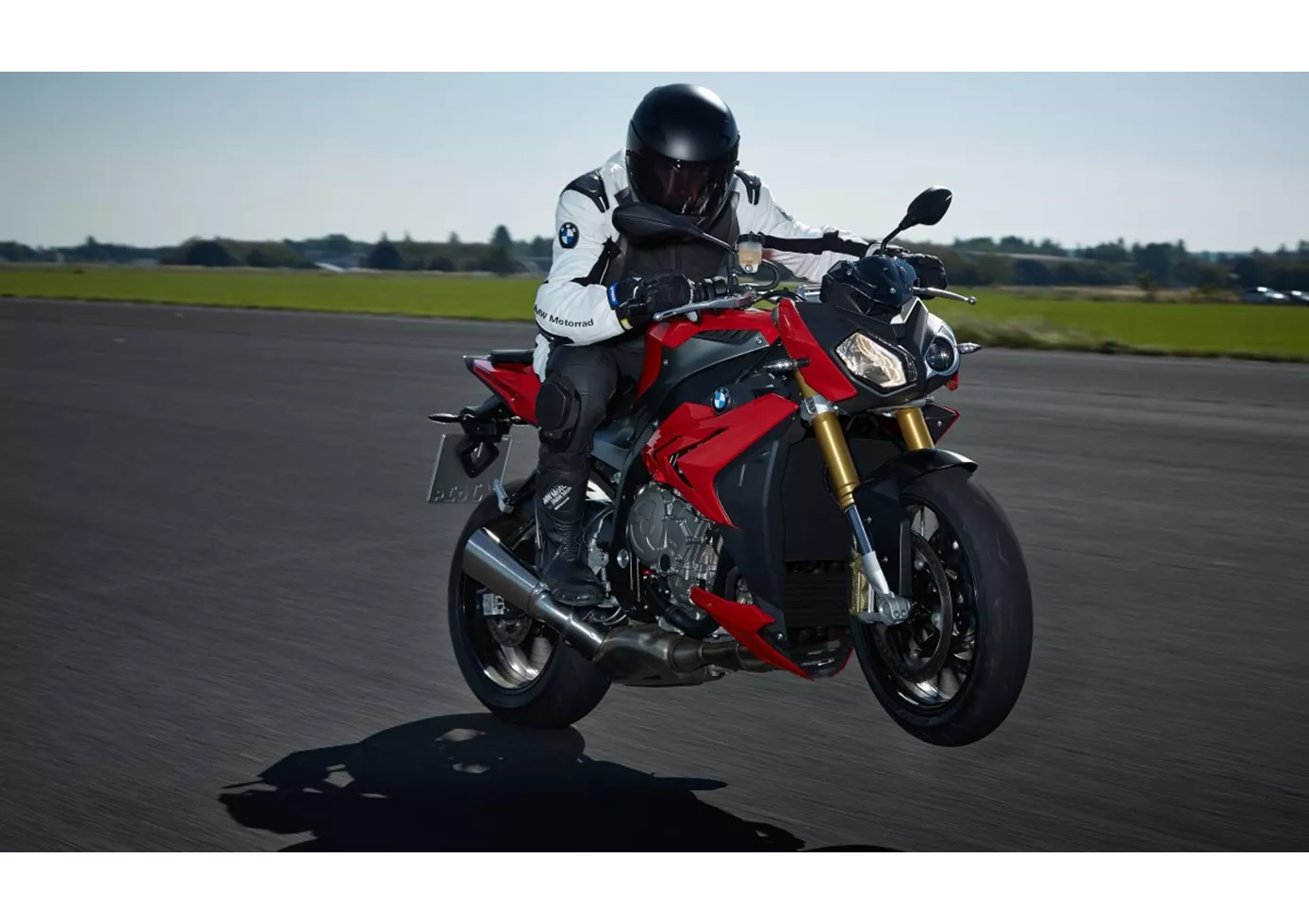
Une puissance brutale, une électronique douce, presque parfaite, il n'y a que la HP4 pour faire mieux. Après les superbikes, BMW domine désormais la catégorie des nakedbikes de 1000 cm3.
BMW S 1000 RR 2020
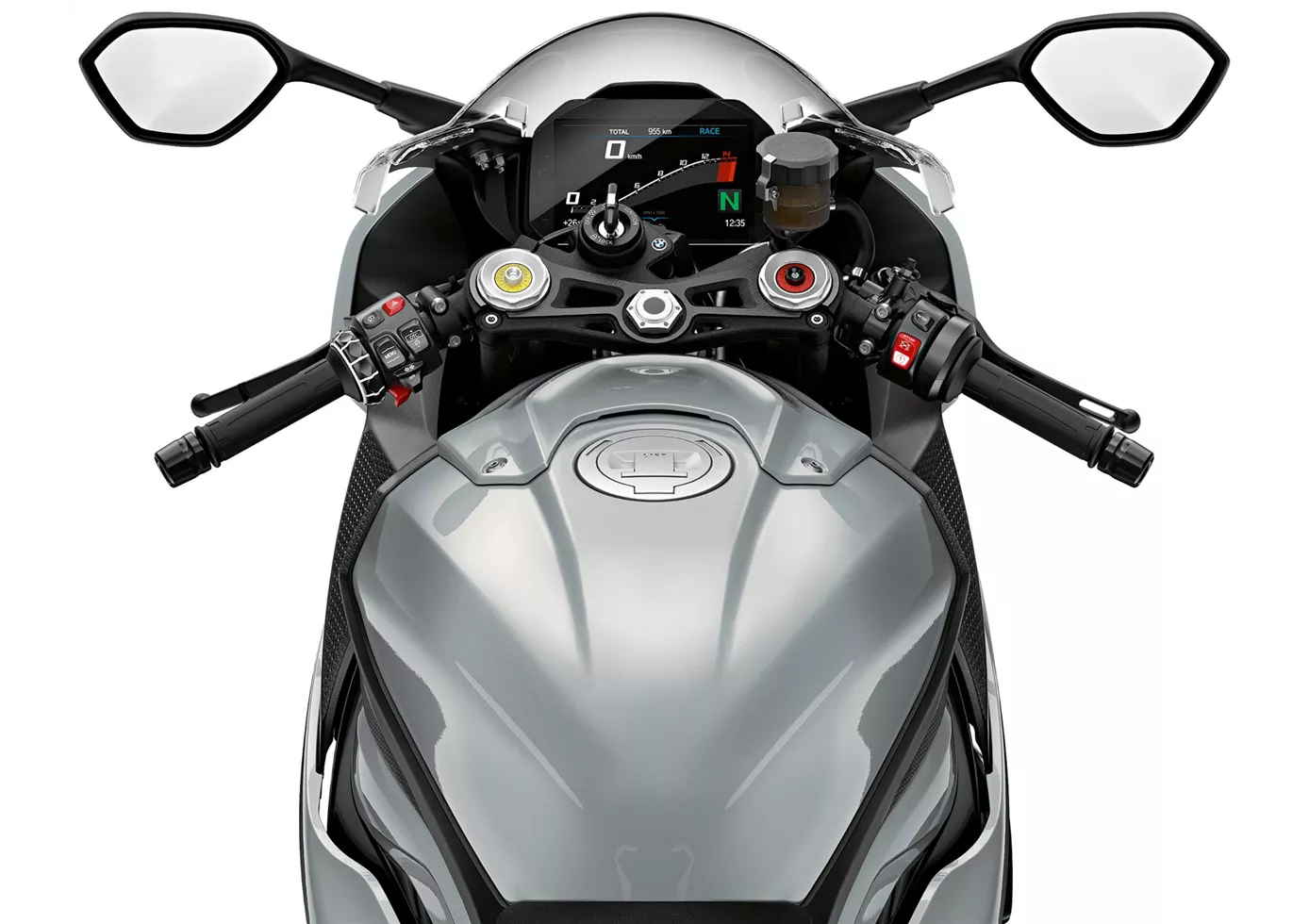
Une vraie superbike "à tout faire". Sur la piste de course comme sur la route, la BMW sait jouer de ses atouts. Grâce à la distribution variable de l'arbre à cames, le moteur puissant est déjà convaincant à bas régime et accélère harmonieusement sur toute la plage de régime, avec une puissance élevée dans tous les domaines. Pour le pilote amateur, le châssis fonctionne certainement de manière exceptionnelle dans toutes les situations, il garantit un feedback transparent et offre de nombreuses possibilités de réglage. La position de conduite est sportive, mais relativement confortable. L'électronique fonctionne de manière très harmonieuse sans infantiliser le pilote - TOP !
Comparaison des prix Prix moyen du marché BMW S 1000 R vs BMW S 1000 RR
There are a few key differences between a BMW S 1000 R 2014 and a BMW S 1000 RR 2020. In terms of price, the actual average price of a BMW S 1000 RR 2020 is about 105% higher. A BMW S 1000 R 2014 experiences a loss of 590 USD in one year and 610 USD in two years of ownership. This is offset by a loss of 430 USD and 140 USD for a BMW S 1000 RR 2020. Compared to BMW S 1000 RR 2020 there are more BMW S 1000 R 2014 bikes available on the 1000PS.de Marketplace, specifically 19 compared to 16. It takes less time to sell a BMW S 1000 RR with 68 days compared to 70 days for the BMW S 1000 R. Since model year 2014 1000PS.de editors have written 62 reviews for the BMW S 1000 R and 135 reviews for the BMW S 1000 RR since model year 2010. The first review for the BMW S 1000 R was published on 11/3/2013 and now has more than 17,300 views. This compares to more than 4,000 views for the first review on BMW S 1000 RR published on 4/16/2008.

